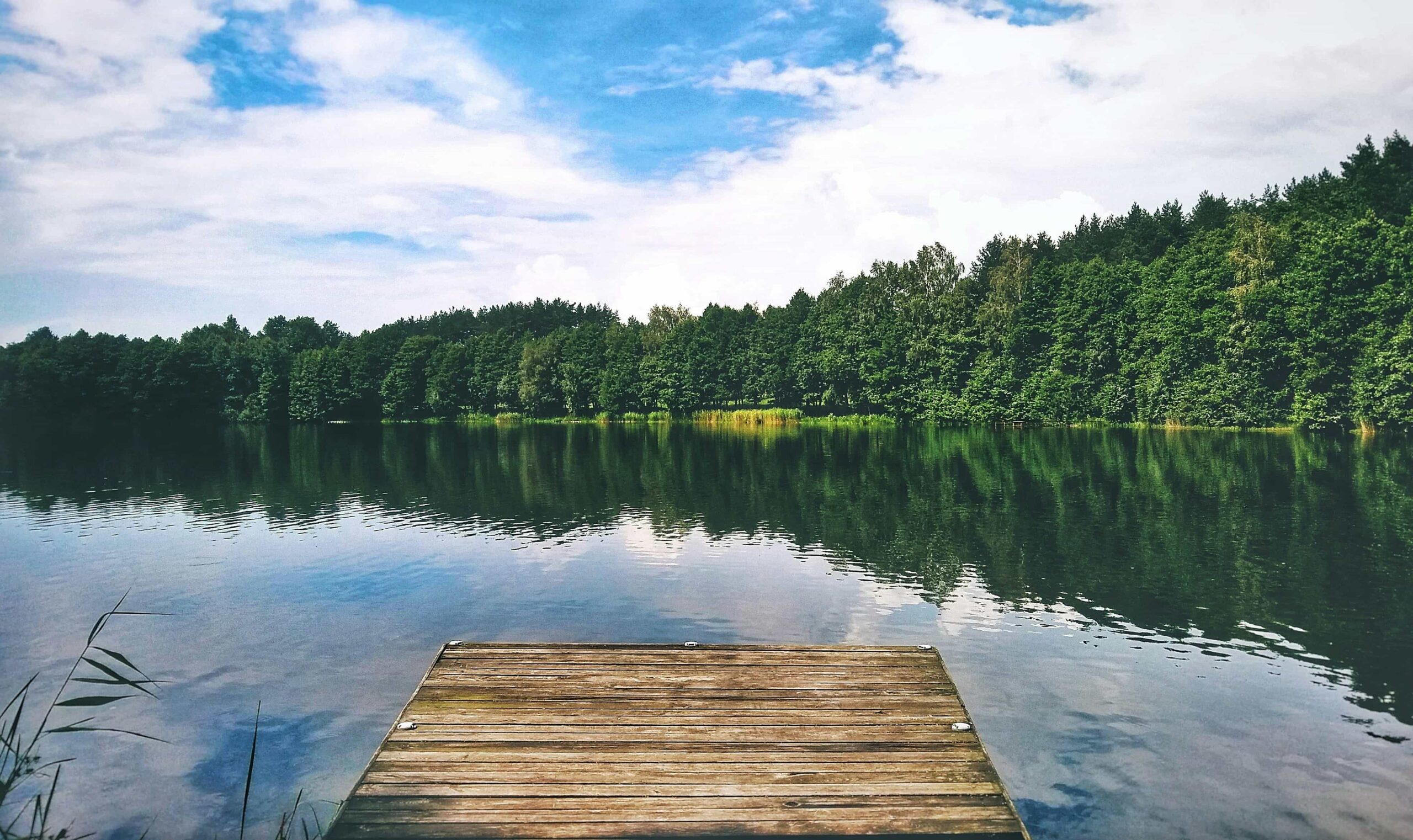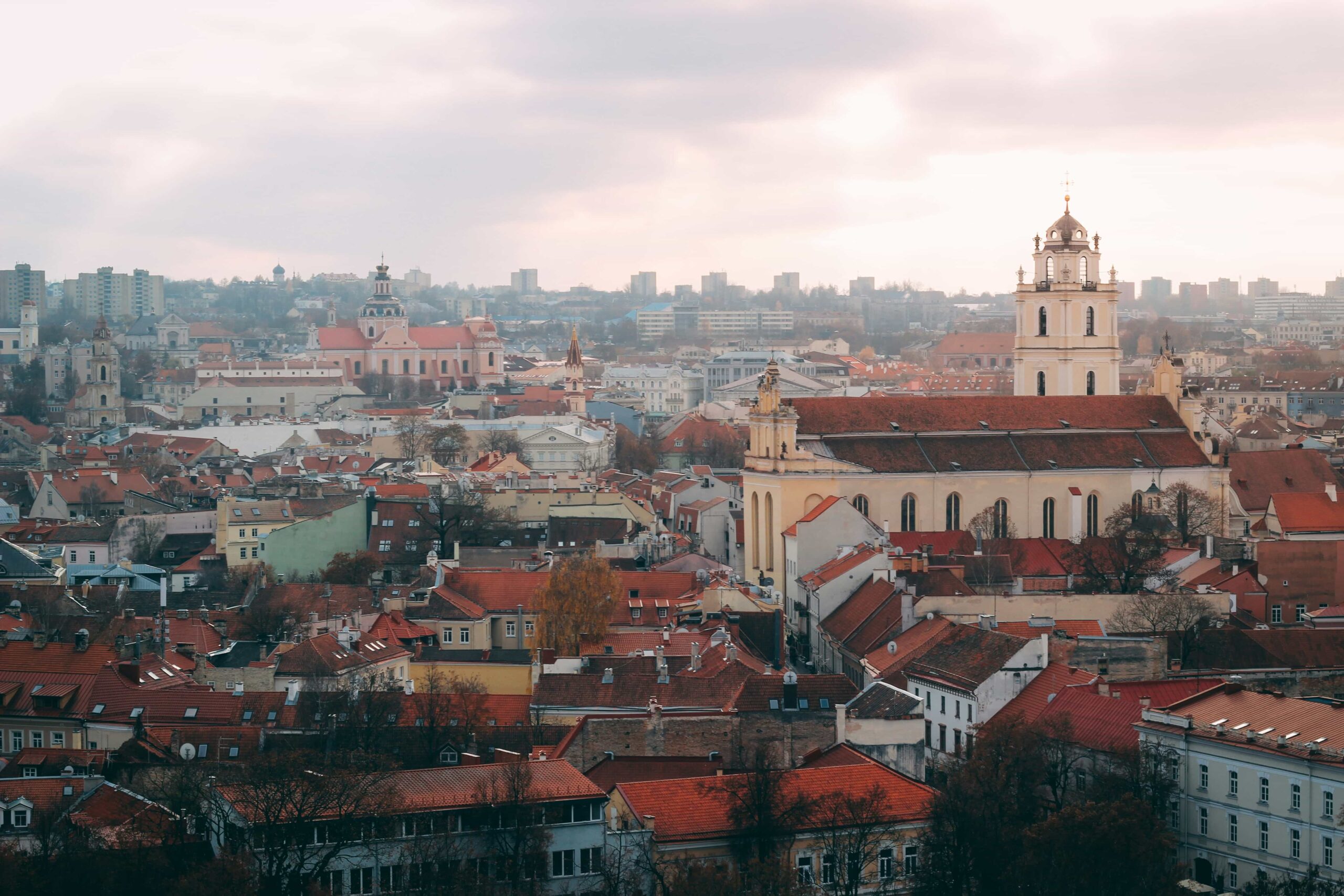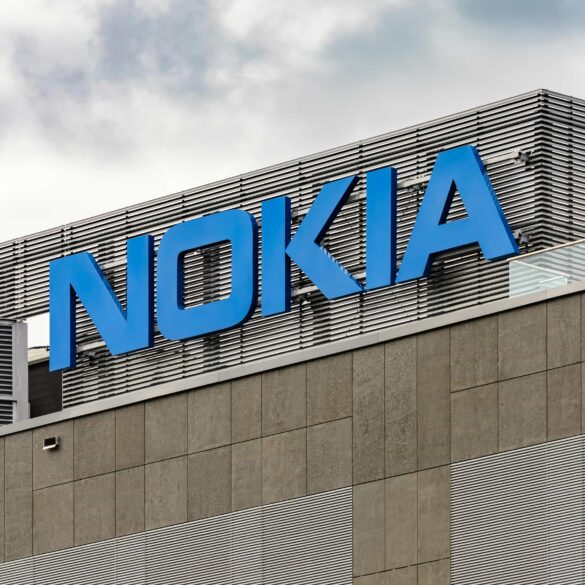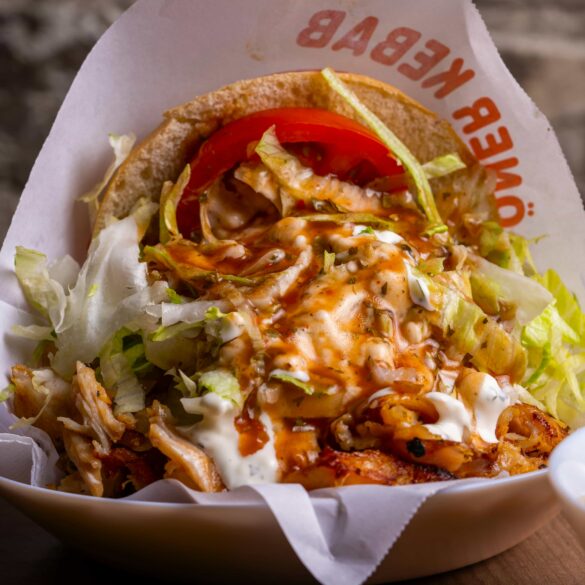What is Lithuania? A Complete Guide to the Baltic Gem
Honestly, when I first started researching the Baltic states, Lithuania kept surprising me. Here’s a country that most people can’t quite place on a map, yet it’s absolutely brimming with medieval charm, stunning natural beauty, and a resilience that’ll genuinely move you1. What struck me most during my deep dive into Lithuanian culture was how this nation has managed to preserve its identity through centuries of occupation while embracing modernity with remarkable grace.
Quick Lithuania Facts
Official Name: Republic of Lithuania (Lietuvos Respublika)
Capital: Vilnius
Population: Approximately 2.8 million
Language: Lithuanian (one of only two surviving Baltic languages)
Currency: Euro (since 2015)
EU Member: Since 2004
Geography and Strategic Location
Lithuania sits right in the heart of the Baltic region—and I mean that quite literally. The geographical center of Europe? It’s actually in Lithuania, marked by a monument about 26 kilometers north of Vilnius2. Pretty cool, right?
The country shares borders with Latvia to the north, Belarus to the east and south, Poland to the southwest, and Russia’s Kaliningrad Oblast to the west. What really fascinates me about Lithuania’s geography is how it perfectly balances continental and maritime influences. You’ve got roughly 99 kilometers of Baltic Sea coastline—not massive by global standards, but absolutely stunning.
Why Lithuania’s Location Matters
This strategic positioning has shaped Lithuanian identity for centuries. Being at the crossroads of Northern and Eastern Europe meant constant cultural exchange, but also—let’s be honest—pretty much continuous struggle for independence. Yet somehow, this has created a uniquely resilient national character that I find absolutely compelling.
The landscape itself tells Lithuania’s story beautifully. Nearly one-third of the country is covered by forests3, creating this almost fairy-tale atmosphere that photographers absolutely adore. The Curonian Spit, which Lithuania shares with Russia, is genuinely breathtaking—massive sand dunes that have been shaped by wind and waves for thousands of years.
| Region | Key Features | Tourist Highlights |
|---|---|---|
| Coastal | Sand dunes, beaches, fishing villages | Curonian Spit, Klaipėda |
| Central | Hills, forests, historical sites | Vilnius, Trakai Castle |
| Eastern | Lakes, wetlands, nature reserves | Aukštaitija National Park |
What I love most about Lithuania’s geography is how accessible everything feels. The entire country is roughly the size of West Virginia, which means you can genuinely experience diverse landscapes—from Baltic beaches to ancient forests to charming lake districts—all in a single trip. It’s like someone designed the perfect compact European adventure.
Historical Journey and Cultural Heritage
Here’s where Lithuania gets really fascinating—and honestly, a bit complex. The country’s history reads like something out of an epic novel, complete with medieval grandeur, centuries of occupation, and ultimately, a peaceful revolution that changed everything4.
The Grand Duchy Era
Back in the day—we’re talking 14th to 16th centuries—Lithuania was absolutely massive. The Grand Duchy of Lithuania stretched from the Baltic Sea to the Black Sea, making it one of the largest European states of its time5. Pretty impressive for a country that today fits comfortably into your weekend travel plans, right?
What really strikes me about this period is how Lithuania managed to maintain its identity while accommodating diverse cultures. The Grand Duchy included present-day Belarus, parts of Ukraine, and bits of Poland and Russia. Yet somehow, Lithuanian culture remained distinct—probably because the ruling class genuinely respected local traditions instead of imposing uniformity.
Centuries of Occupation
Then came the challenging centuries. Actually, let me be more precise—the incredibly difficult centuries. After the Polish-Lithuanian Commonwealth dissolved, Lithuania found itself under Russian rule, then briefly German occupation during World War I, followed by a short period of independence, then Soviet occupation, then Nazi occupation, and back to Soviet control6. Exhausting just to list, honestly.
Cultural Survival During Occupation
What amazes me most about Lithuanian resilience is how the culture survived at all. The Soviet period was particularly brutal—Lithuanian language was suppressed, cultural practices were banned, and thousands of intellectuals were deported to Siberia. Yet somehow, traditions persisted in families, folk songs were secretly preserved, and the dream of independence never quite died.
The Singing Revolution
Here’s where the story gets genuinely moving. Lithuania’s path to independence wasn’t achieved through warfare—it was literally sung into existence. The Singing Revolution of the late 1980s saw hundreds of thousands of Lithuanians, Latvians, and Estonians linking hands and singing traditional songs as acts of peaceful resistance7.
I’ve watched documentaries about this period, and honestly, it gives me chills every single time. Imagine: on August 23, 1989, roughly two million people formed a human chain stretching 675 kilometers across all three Baltic states. They called it the Baltic Way, and it demonstrated to the world that these nations demanded freedom—not through violence, but through unity and cultural pride.
Language and Cultural Identity
Lithuanian language deserves special mention here. It’s one of only two surviving Baltic languages (the other being Latvian), and linguists get genuinely excited about it because it’s preserved ancient Indo-European features that have disappeared from other languages8. To me, this represents Lithuania perfectly—ancient roots, modern expression.
- Lithuanian maintains seven grammatical cases (most European languages have fewer)
- The language closely resembles ancient Sanskrit in certain structures
- Regional dialects still exist, particularly in rural areas
- Lithuanian literature has a rich tradition of folk tales and epic poetry
Traditional Lithuanian culture revolves around deep connections to nature, family, and community. Folk festivals remain incredibly popular, featuring authentic costumes, traditional dances, and foods that have been prepared the same way for generations. During my research, I discovered that many Lithuanian families still maintain seasonal traditions—like Užgavėnės (similar to Carnival) where people dress up to “scare away winter.”

Modern Lithuania and Tourism Appeal
Fast forward to today, and Lithuania has transformed into something quite remarkable. Since joining the EU in 2004 and adopting the euro in 2015, the country has experienced significant economic growth while carefully preserving its cultural heritage9. What excites me most is how Lithuania has managed to modernize without losing its authentic character.
Vilnius: The Baroque Beauty
Vilnius, the capital, absolutely deserves its UNESCO World Heritage status. The Old Town is one of the largest surviving medieval quarters in Northern Europe, and walking through it feels like stepping into a living history book10. But here’s what really impressed me during my research: Vilnius isn’t just a museum piece—it’s a vibrant, creative city where centuries-old architecture houses modern cafes, art galleries, and tech startups.
The city’s Užupis district particularly captures Lithuania’s modern spirit. This bohemian neighborhood actually declared itself an independent republic (tongue-in-cheek, of course) and has its own constitution, which includes the right to be happy and the right to be idle. It’s quirky, authentic, and perfectly Lithuanian in its gentle rebelliousness.
Must-Visit Destinations
Beyond Vilnius, Lithuania offers experiences that genuinely surprise international visitors. Trakai Castle, situated on an island in Lake Galvė, looks like something straight out of a fairy tale. The restored 14th-century fortress houses a museum showcasing Lithuanian history, and the surrounding area is perfect for outdoor activities.
| Destination | Best Season | Unique Features | Budget Level |
|---|---|---|---|
| Curonian Spit | Summer | UNESCO sand dunes, traditional fishing villages | Moderate |
| Kaunas | Year-round | Interwar architecture, cultural events | Budget-friendly |
| Aukštaitija National Park | Spring-Fall | Ancient forests, pristine lakes | Budget-friendly |
Culinary Scene and Local Experiences
Lithuanian cuisine has evolved tremendously while maintaining its hearty, comfort-food roots. Traditional dishes like cepelinai (potato dumplings) and šaltibarščiai (cold beetroot soup) might sound unusual, but they’re absolutely delicious when prepared authentically11. What I find particularly exciting is how young Lithuanian chefs are reimagining traditional recipes with contemporary techniques.
Sustainable Tourism in Lithuania
Lithuania has embraced sustainable tourism practices brilliantly. The country promotes eco-friendly accommodations, supports local artisans, and encourages visitors to explore natural areas responsibly. Many tours now include cultural workshops where you can learn traditional crafts or cooking techniques directly from local families.
The craft beer scene deserves special mention—Lithuania has experienced a genuine brewery renaissance. Small, family-owned breweries are creating unique beers using traditional methods and local ingredients. Some breweries even offer tastings in historical settings, combining culinary exploration with cultural education.
- Visit during shoulder seasons (May-June, September-October) for fewer crowds and comfortable weather
- Learn basic Lithuanian phrases—locals genuinely appreciate the effort
- Explore beyond Vilnius—rural Lithuania offers authentic cultural experiences
- Try traditional sauna culture (Lithuanian saunas are slightly different from Finnish versions)
- Attend local festivals—they’re incredibly welcoming to international visitors
What consistently impresses me about Lithuania as a travel destination is how affordable it remains compared to Western European countries, while offering comparable experiences. You can stay in charming guesthouses, eat excellent meals, and explore historical sites without breaking the bank. It’s like discovering Europe’s best-kept secret—though honestly, I suspect that won’t last much longer as word spreads about this remarkable country.
Economy, Society, and Future Outlook
Modern Lithuania has transformed into something quite impressive economically. The country has successfully transitioned from a Soviet-planned economy to a dynamic market system, with particularly strong growth in technology, financial services, and manufacturing12. What fascinates me most is how Lithuania has managed to attract international investment while maintaining its cultural identity.
Economic Transformation
Lithuania’s economic story is genuinely remarkable. The country has achieved consistent GDP growth, low unemployment, and has become a regional leader in fintech innovation. Vilnius, in particular, has emerged as a significant financial technology hub, attracting companies seeking alternatives to traditional European financial centers13.
The manufacturing sector remains strong, with furniture, textiles, and food processing being major industries. However, the real excitement is in the technology sector—Lithuanian startups are gaining international recognition, and the government has implemented policies that actively support innovation and entrepreneurship.
Social Development and Quality of Life
Lithuania’s social progress has been equally impressive. The country has invested heavily in education, healthcare, and infrastructure. What strikes me most is how Lithuania has managed to preserve its social cohesion while embracing globalization14. Family structures remain strong, community connections are valued, and there’s a genuine sense of national pride that’s neither aggressive nor exclusionary.
Lithuania’s EU Integration Success
Since joining the European Union, Lithuania has successfully balanced integration with sovereignty. The country has benefited from EU structural funds for infrastructure development while maintaining its distinct cultural identity. This balance is particularly evident in how Lithuania approaches environmental protection—embracing EU standards while preserving traditional landscapes and practices.
The education system deserves particular praise. Lithuania has maintained high literacy rates and has developed strong programs in both humanities and STEM fields. The country produces skilled graduates who often choose to stay and contribute to the local economy, reversing earlier trends of brain drain15.
Challenges and Opportunities
Like any country, Lithuania faces challenges. Demographic changes, including an aging population and emigration, require ongoing attention. However, the government has implemented policies to encourage young families and attract skilled immigrants, showing a proactive approach to these issues.
Climate change adaptation is another area where Lithuania is taking a leadership role. The country has ambitious renewable energy goals and is investing in sustainable technologies. The Baltic Sea region faces particular environmental challenges, and Lithuania’s approach to coastal protection and ecosystem preservation could serve as a model for other nations.
Looking Forward
What excites me most about Lithuania’s future is the country’s balanced approach to development. There’s genuine commitment to preserving cultural heritage while embracing innovation. The younger generation seems particularly adept at this balance—they’re globally connected yet deeply rooted in Lithuanian identity16.
Lithuania’s strategic location continues to be an advantage. As trade routes evolve and geopolitical relationships shift, Lithuania’s position as a bridge between East and West becomes increasingly valuable. The country has invested in transportation infrastructure and has developed strong diplomatic relationships that serve it well in an interconnected world.
So, what is Lithuania? It’s a country that defies easy categorization—ancient yet modern, small yet significant, traditional yet innovative. It’s a nation that has survived centuries of occupation while maintaining its unique identity, and that has embraced independence with remarkable grace and determination. For travelers, it offers authentic experiences, stunning natural beauty, and genuine cultural richness at accessible prices. For those interested in European development, it provides a fascinating case study in successful transition and integration.
Lithuania is, quite simply, a country that rewards curiosity and exceeds expectations. And honestly, in our increasingly homogenized world, that’s something truly special.
References



